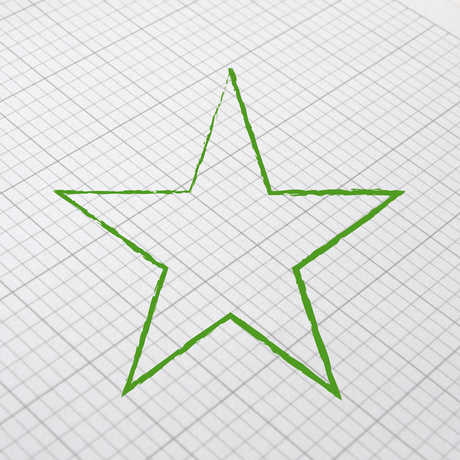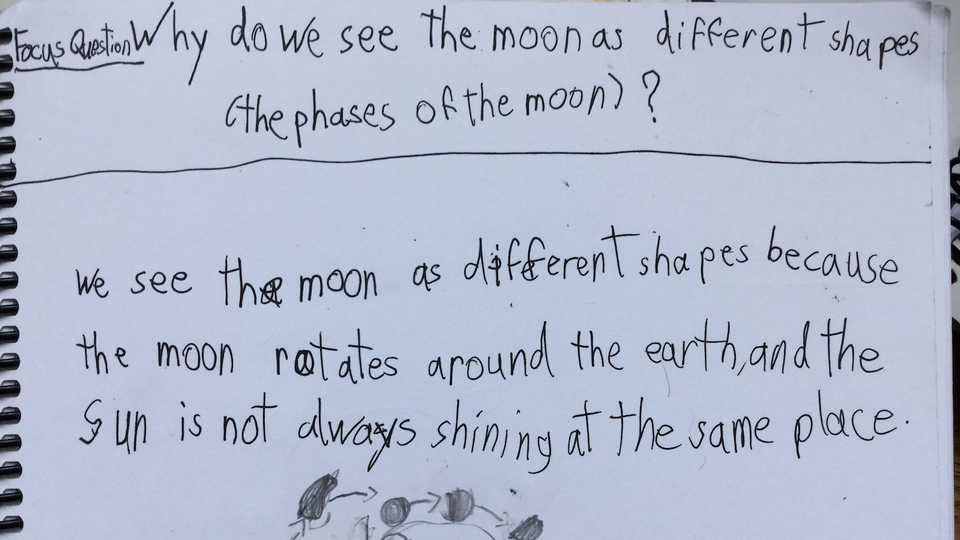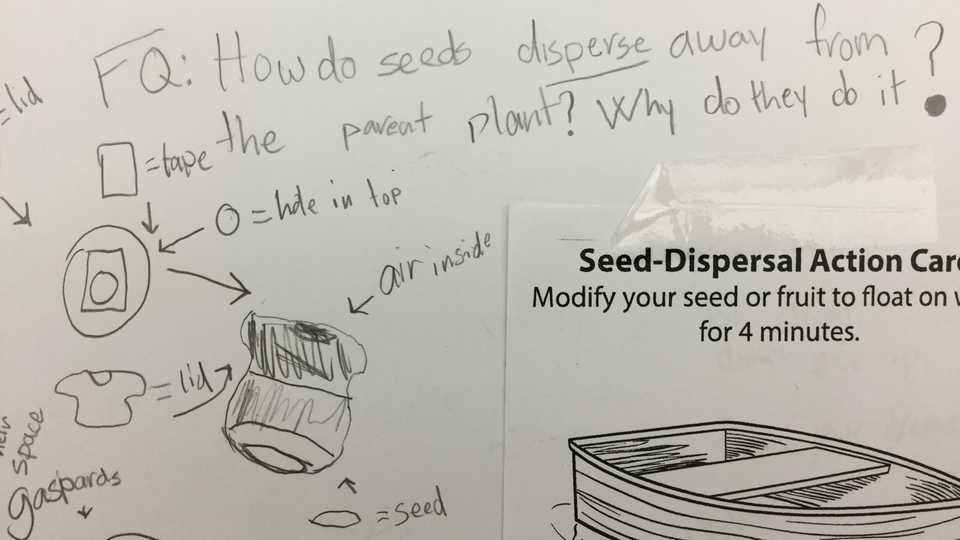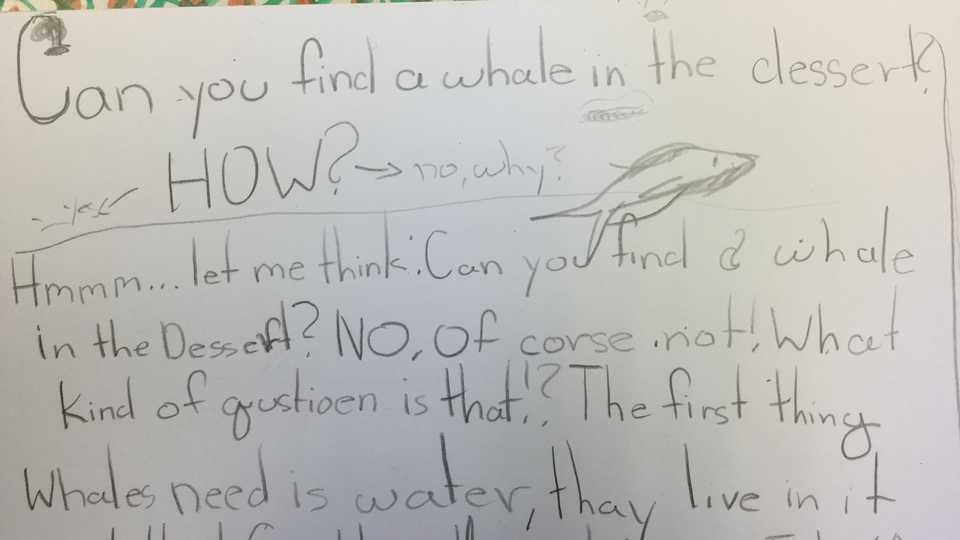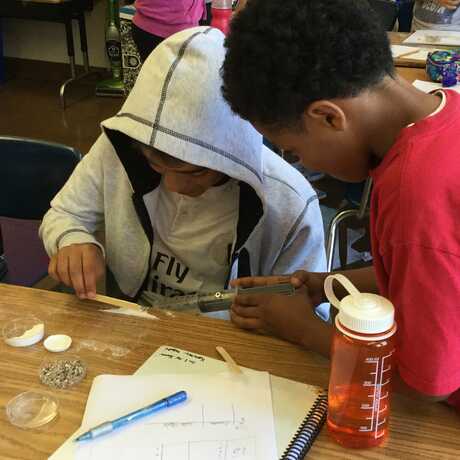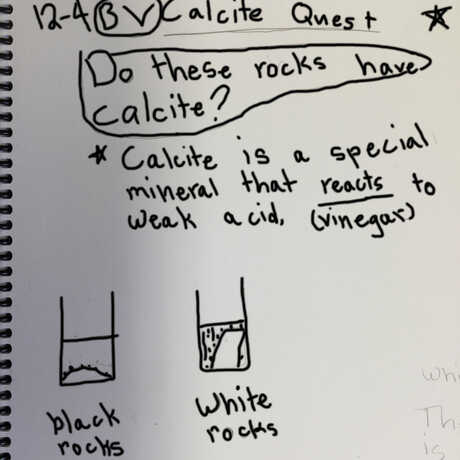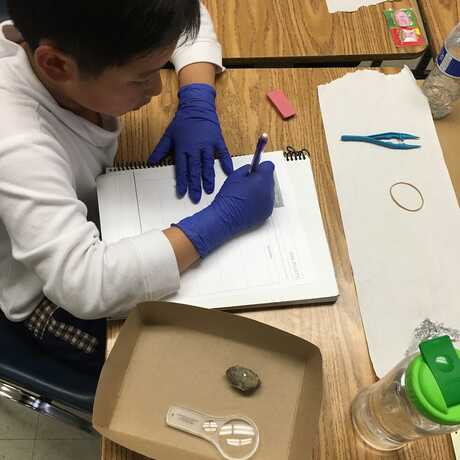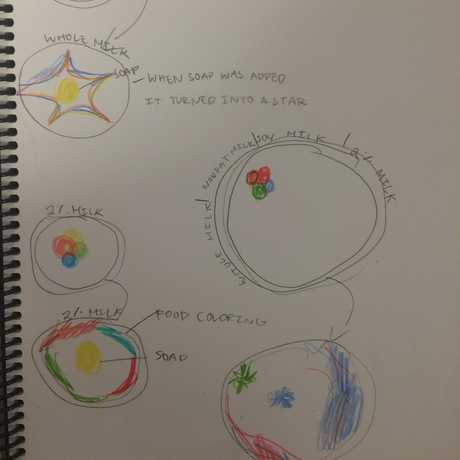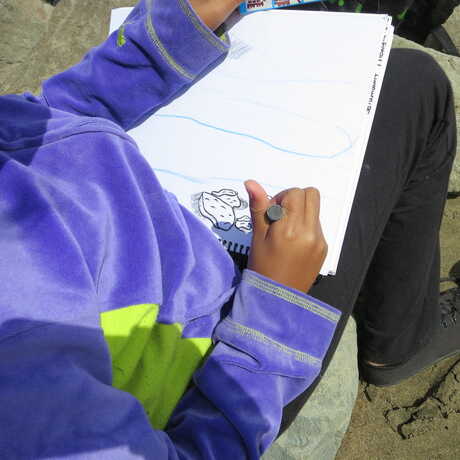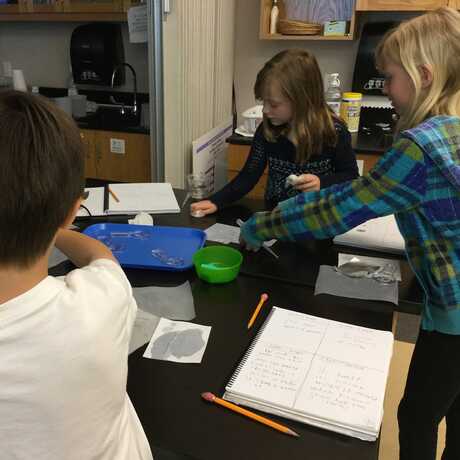3rd grade teacher Marion wished her students were asking deeper questions while they explored owl pellets. The students were fixated on matching the bones they found to pictures of rodent skeletons that she’d passed out. They were asking questions like: “What’s this called?” “What part is this?” and “Where does this go?” Marion wished the lesson had prompted more complex questions about owls, the food chain and digestion, so she decided to frame the investigation with a focus question.
She chose the question "How does an owl's digestive system compare to a human's?" This question related to her upcoming unit about nutrition. Once she settled on a focus question, she realized the lesson was going to change quite a bit. Students would still be dissecting owl pellets, but their focus would shift. Instead of simply matching bones to a picture, they would be discussing what they found in the pellets and why it was there. They’d be connecting their findings about owls to their prior knowledge about humans.
